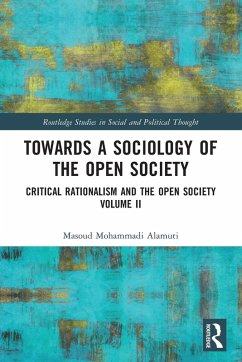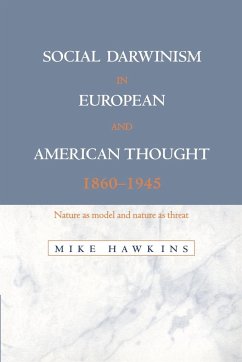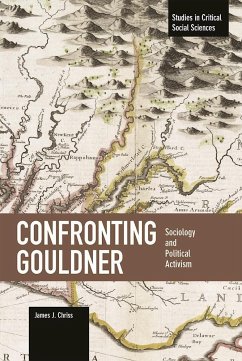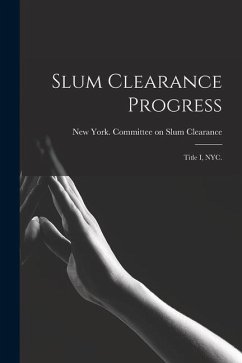
Darwinism and Race Progress
Versandfertig in über 4 Wochen
12,99 €
inkl. MwSt.
Weitere Ausgaben:

PAYBACK Punkte
6 °P sammeln!
"Darwinism and Race Progress" by means of John Berry Haycraft is a huge work that explores the intersection of Charles Darwin's principle of evolution and its perceived impact on human races. Published inside the early twentieth century, Haycraft engages with the consequences of Darwinian evolution on notions of racial development and societal improvement. Haycraft severely examines the application of Darwinism to the concept of race, delving into the scientific, social, and moral dimensions of this discourse. He assesses how evolutionary theories have been interpreted to justify and give an e...
"Darwinism and Race Progress" by means of John Berry Haycraft is a huge work that explores the intersection of Charles Darwin's principle of evolution and its perceived impact on human races. Published inside the early twentieth century, Haycraft engages with the consequences of Darwinian evolution on notions of racial development and societal improvement. Haycraft severely examines the application of Darwinism to the concept of race, delving into the scientific, social, and moral dimensions of this discourse. He assesses how evolutionary theories have been interpreted to justify and give an explanation for perceived variations among human races, addressing the winning ideas of progress and hierarchy. The creator navigates via scientific arguments, societal attitudes, and moral concerns, offering a comprehensive exploration of the complex courting between Darwinism and racial theories familiar inside the early 20th century. Haycraft provides readers with a nuanced understanding of how evolutionary ideas had been from time to time misused to help prejudiced ideologies. "Darwinism and Race Progress" reflects the intellectual weather of its time, wherein medical theories were frequently employed to justify social hierarchies. Haycraft's paintings contributes to the broader discourse on the ethical implications of clinical thoughts and serves as a historic report highlighting the intersection of biology, race, and societal attitudes for the duration of this era.














